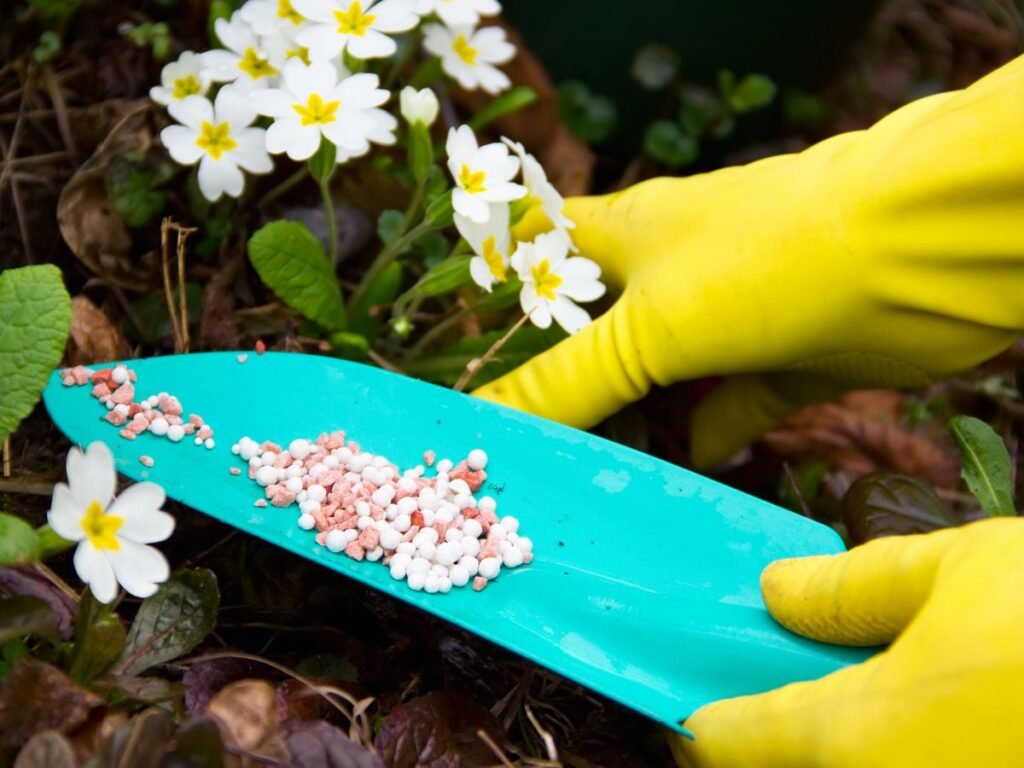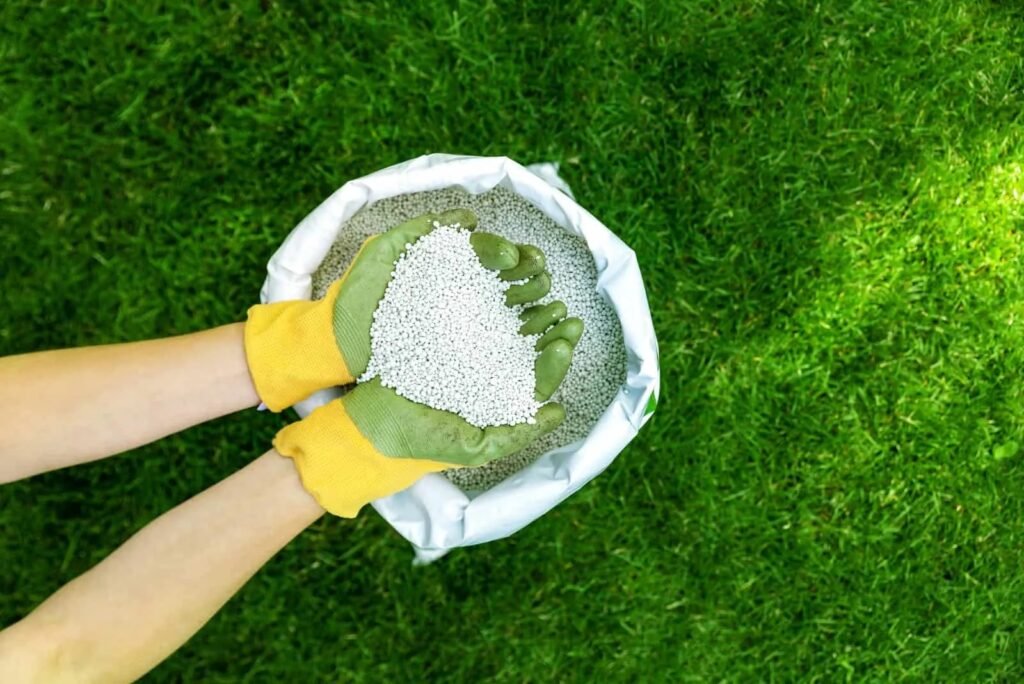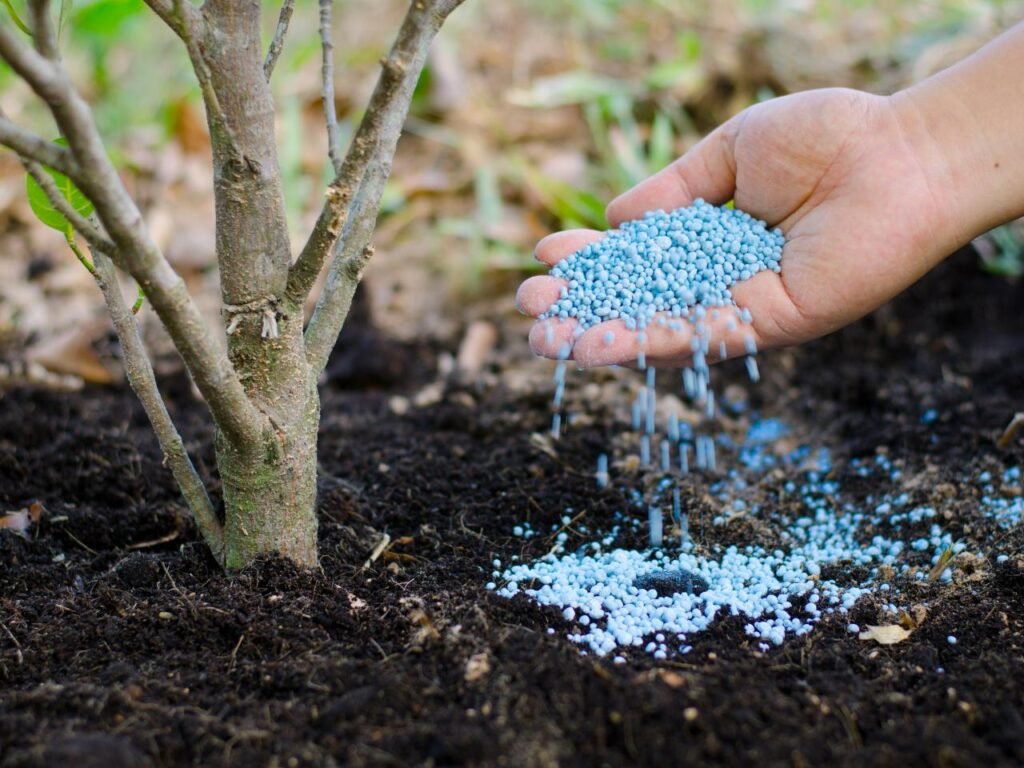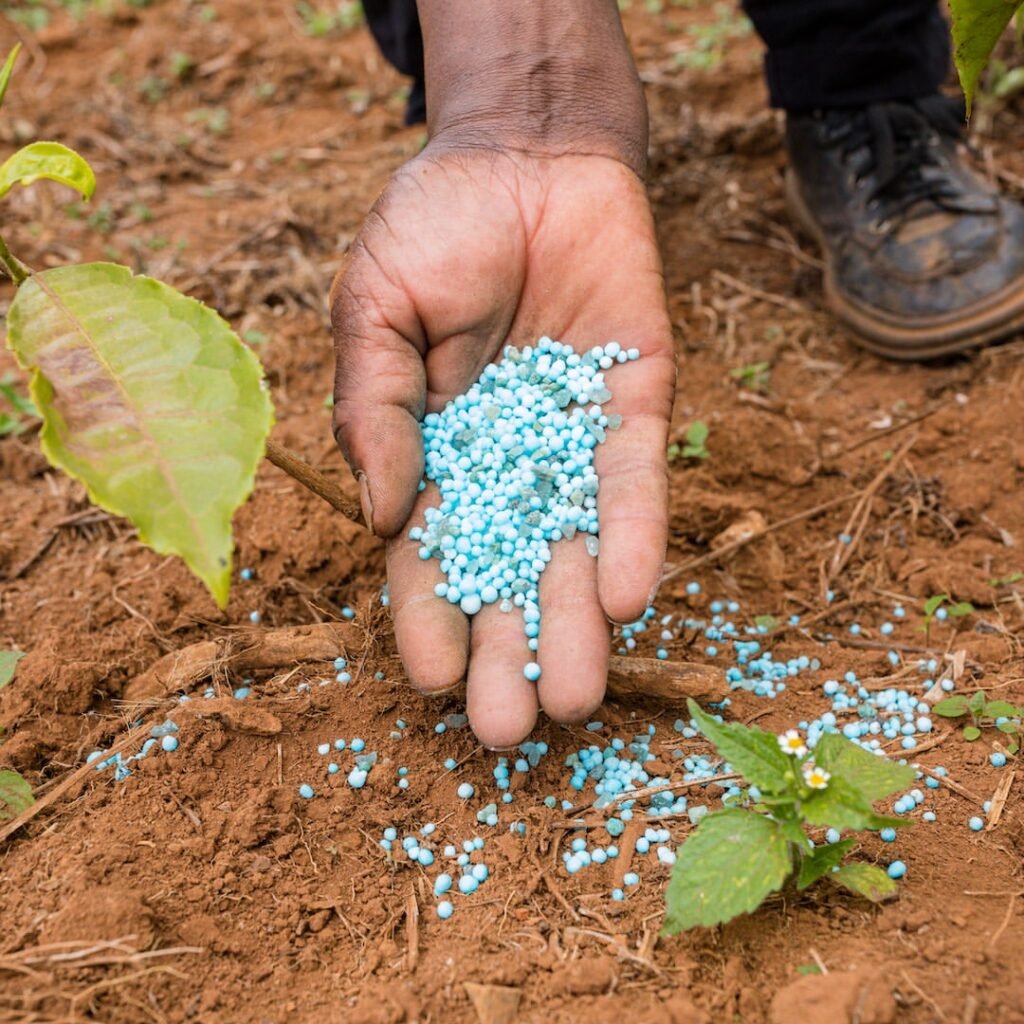Unlock the secrets of 10-10-10 fertilizer with this comprehensive guide. Discover what it is, how it works and when to use it for achieving lush, vibrant plants in your garden or lawn. Say goodbye to guesswork and hello to thriving greenery!
In the world of gardening and lawn care, 10-10-10 fertilizer play a crucial role in ensuring healthy, vibrant plant growth. However, with the vast array of options available, it can be overwhelming to choose the right one. One fertilizer that has gained widespread popularity is the 10-10-10 formula, but what exactly is it, and how do you use it effectively? In this comprehensive guide, we’ll demystify this versatile fertilizer and provide you with the knowledge you need to nourish your plants to their full potential.
Understanding Fertilizer Ratios

Before diving into the specifics of 10-10-10 fertilizer, it’s essential to understand how fertilizer ratios work. These three numbers refer to the percentages of the three primary macronutrients: nitrogen (N), phosphorus (P) and potassium (K). These nutrients are essential for various aspects of plant growth and development.
- Nitrogen (N) promotes lush, green foliage growth and overall plant vigor.
- Phosphorus (P) supports root development, flowering and fruit production.
- Potassium (K) enhances overall plant health, disease resistance and drought tolerance.
What Is 10-10-10 Fertilizer?
The 10-10-10 fertilizer is a balanced, all-purpose formula that contains equal parts of nitrogen, phosphorus, and potassium. This ratio makes it suitable for a wide range of plants, from vegetables and flowers to lawns and shrubs. The even distribution of these three primary macronutrients ensures that your plants receive a well-rounded nutritional boost, promoting overall health and vitality.
When to Use 10-10-10 Fertilizer
The versatility of 10-10-10 fertilizer makes it a popular choice for various gardening and lawn care applications. Here are some common scenarios where this fertilizer can be beneficial:
Vegetable Gardens

Vegetable plants have a high demand for nutrients, making 10-10-10 fertilizer an excellent choice. Apply it at planting time and then every 4-6 weeks during the growing season to encourage healthy foliage growth, root development and bountiful harvests.
Flower Beds

Whether you’re cultivating annuals or perennials, 10-10-10 fertilizer can help your flowers thrive. Use it at the beginning of the growing season and throughout the blooming period to promote vibrant blooms and lush foliage.
Lawns

A healthy lawn requires a steady supply of nutrients. Apply 10-10-10 fertilizer in early spring and late fall to encourage deep root growth and a thick, green turf.
Shrubs and Trees

Established shrubs and trees can benefit from an annual application of 10-10-10 fertilizer in early spring. This will provide them with the nutrients they need for optimal growth and foliage development.
How to Apply 10-10-10 Fertilizer
Proper application is essential for maximizing the benefits of 10-10-10 fertilizer and avoiding potential harm to your plants. Follow these steps for best results:
Read the Label
Always read the product label carefully and follow the recommended application rates and instructions. Different formulations may have specific requirements.
Timing

For most plants, the best time to apply 10-10-10 fertilizer is in early spring when new growth begins. Additional applications can be made throughout the growing season, typically every 4-6 weeks.
Broadcast or Banding
There are two common application methods:
- Broadcast: Spread the fertilizer evenly over the entire planting area or lawn.
- Banding: Apply the fertilizer in a shallow trench or furrow around the base of plants or trees.
Watering

After applying the fertilizer, water the area thoroughly to help dissolve the nutrients and allow them to penetrate the soil.
Avoid Over-Fertilizing

While essential, too much fertilizer can be detrimental to plant health. Stick to the recommended application rates and avoid over-fertilizing, as this can lead to nutrient burn, excessive growth and potential environmental issues.
Additional Tips and Considerations
To maximize the effectiveness of 10-10-10 fertilizer and ensure the best results, keep these additional tips and considerations in mind:
Soil Testing

Before applying any fertilizer, it’s recommended to test your soil to determine its nutrient levels and pH. This will help you understand if your plants need additional nutrients and what adjustments may be necessary.
Organic Options
For those who prefer organic gardening methods, there are organic 10-10-10 fertilizer options available, often derived from plant-based or animal-based sources.
Slow-Release vs. Water-Soluble

10-10-10 fertilizers come in both slow-release and water-soluble forms. Slow-release formulas provide a gradual release of nutrients over an extended period, while water-soluble options provide an immediate nutrient boost but need to be reapplied more frequently.
Companion Fertilizers
In some cases, your plants may require additional micronutrients or specialized fertilizers for optimal growth. For example, rose bushes may benefit from a specific rose fertilizer in addition to the 10-10-10 formula.
Environmental Considerations
Always apply fertilizers responsibly and avoid over-application, as excess nutrients can run off into waterways and contribute to environmental pollution. Consider using organic or slow-release options to minimize potential impacts.
By understanding the ins and outs of 10-10-10 fertilizer and following proper application techniques, you can unlock the full potential of your plants and cultivate a thriving, vibrant garden or lawn. Remember, a balanced approach to fertilization, combined with proper soil preparation, watering and maintenance, is the key to gardening success.
Pingback: Avoid These 7 Watering Mistakes in Your Vegetable Garden -
Pingback: Growing Beans: A Complete Guide to Homegrown Goodness in Your Garden
Pingback: Demystifying Fertilizer Numbers: Unlocking the Secrets for Optimal Plant Growth
Pingback: Grow Your Quirky Tractor Seat Plant: A Comprehensive Guide
Pingback: Prickly Pear Cactus (Opuntia): Comprehensive Guide to Caring
Pingback: The Ultimate Guide to Chicken Manure Pellets: Benefits, Application and Best Practices
Pingback: Wisteria Flowers: A Gardener’s Guide to Cultivating a Breathtaking Vine
Pingback: pears: The Ultimate Guide to Growing Pyrus Communis
Pingback: Monstera Albo Care: Essential Tips for Healthy Growth
Pingback: Flowering Maple: A Complete Guide to Growing and Care
Pingback: Perfumed Paradise: Indoor Plants for a Fragrant Home Guide
Pingback: Boost Your Hanging Succulents: The Ultimate Fertilizing Guide
Pingback: Compost : Essential Guide to Choosing the Best for Your Plant
Pingback: Gooseberry Gardening : A Complete Guide to Growth and Care
Pingback: How to Grow and Care for Pitcher Plant: A Complete Guide
Pingback: How To Grow And Care For A Money Plant - Gardener's School
Pingback: Cultivating Iris Flowers : Tips for Stunning Blooms
Pingback: Growing Fig Trees : A Comprehensive Guide for Beginners - Gardener's School
Pingback: The Ultimate Epipremnum Pinnatum Variegata Care Guide
Pingback: Lychee Legends: Unveiling the Secrets of Successful Growth
Pingback: The Ultimate Guide to Podocarpus - Gardener's School gardenschool
Pingback: Strelitzia Nicolai: The Ultimate Guide to the Giant White Bird of Paradise
Pingback: Grow Your Own Lemon Tree: A Comprehensive Guide for Sweet Success!
Pingback: A Complete Guide to Growing and Caring for Citrus Trees
Pingback: Grow Your Own Wisteria from Seeds : A Step-by-Step Guide - Gardener's School
Pingback: The Venerable Green Lotus: A Valuable Addition to Every Water Garden
Pingback: Guide to Flowering : Making Your Mass Cane Thrive